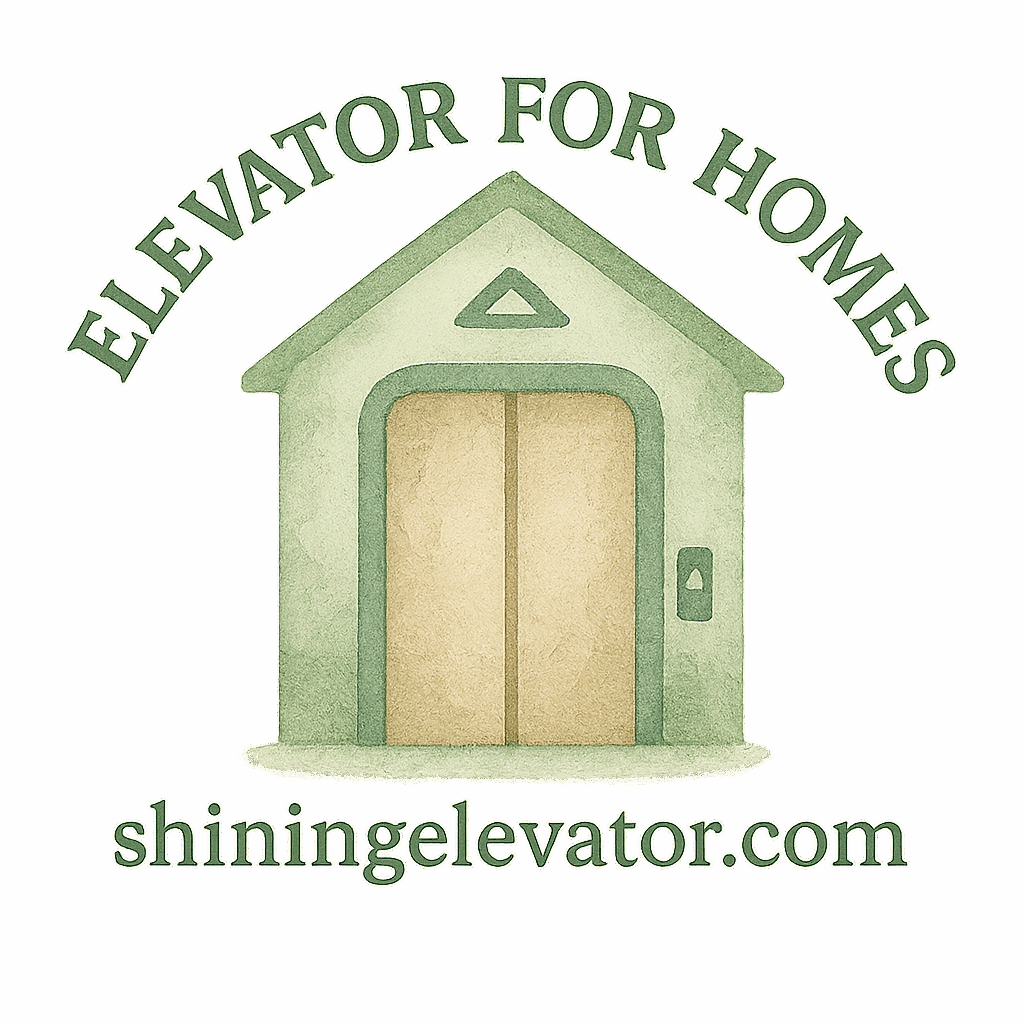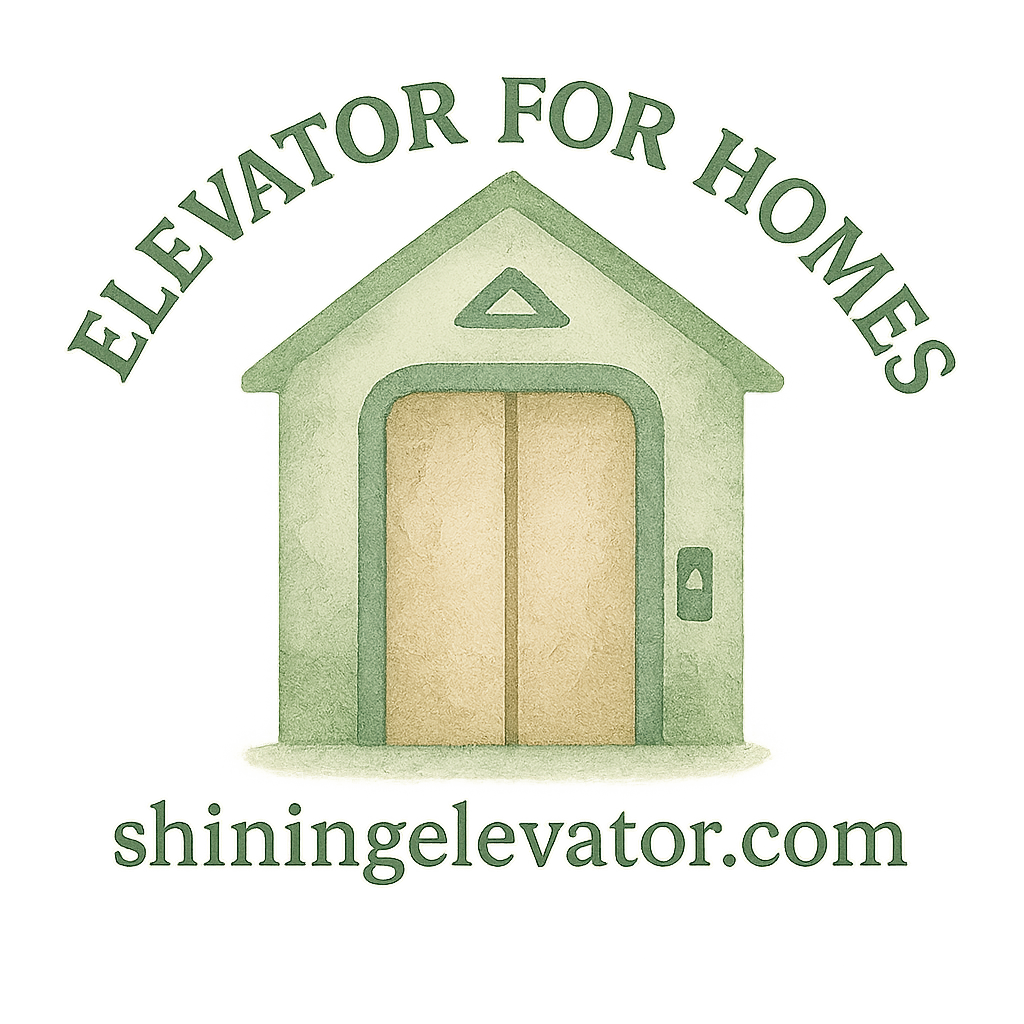Introduction
Let’s be real—installing an elevator in your home sounds fancy, right? But in today’s world, it’s less about luxury and more about accessibility, safety, and smart living. For families with seniors, people with disabilities, or even multi-story homes, a residential elevator is a game-changer. The problem? It’s not cheap.
That’s where government grants come in. In this guide, you’ll discover six powerful funding sources that can help you reduce or even eliminate the cost of installing an elevator in your home.
Let’s make that dream elevator a reality—with less financial stress.
Why Home Elevators Are No Longer a Luxury
Accessibility and Independence
As we age, stairs become a barrier—not just physically but emotionally. Elevators enable aging in place, empowering people to live in the comfort of their homes longer. Shining Elevator’s aging-in-place solutions address exactly that.
Safety for Seniors and the Disabled
Falls on stairs are a leading cause of injuries among seniors. A home elevator is not just convenient—it’s lifesaving. Browse senior safety tips to explore safety-first design ideas.
Increased Property Value
Installing an elevator not only helps you but adds serious value to your property. Especially when paired with luxury customization options.
Understanding the Costs of Home Elevator Installation
Types of Residential Elevators
There’s a variety of elevators out there—shaftless, pneumatic, hydraulic, cable-driven. Explore more in this guide on elevator types and features.
Budget Planning and Customization
The cost can range from $20,000 to $50,000 or more, depending on the model and customization. But with smart planning, you can make it work. Don’t miss this resource on budgeting and planning to get started.
Government Grants: A Financial Lifesaver
What Are Home Accessibility Grants?
These grants help individuals retrofit homes to become accessible—think ramps, stairlifts, or yes, elevators.
Who Qualifies for These Grants?
- Seniors aged 62+
- Individuals with disabilities
- Veterans
- Low-income homeowners
- People in rural or underserved areas
Now, let’s dive into the top 6 government and nonprofit grants you can apply for today.
Grant 1: HUD’s Home Investment Partnerships Program (HOME)
Overview
Offered by the U.S. Department of Housing and Urban Development, the HOME program funds home modifications through local agencies and nonprofits.
How to Apply
- Contact your local HUD office.
- Apply through a participating local agency.
- Provide documentation of disability or income level.
👉 Learn more on how to prepare your home for renovation at home preparation tips.
Grant 2: USDA Rural Development Grants
Eligibility Requirements
If you live in a rural area, you might qualify for this grant. It’s designed to help low-income families modify their homes for safety and accessibility.
What It Covers
- Construction
- Renovation
- Home elevators (under medical necessity)
Check your eligibility and more info at elevator options for compact homes.
Grant 3: State-Based Accessibility Grants
Examples by State
- California offers the CalHome Accessibility Grant.
- New York has the Access to Home program.
- Texas provides assistance through TDHCA.
How to Locate These Resources
Each state has different rules. Search “[your state] + home accessibility grant” or connect with a local Department of Aging office.
Bookmark this page for installation cost insights.

Grant 4: Veterans Affairs Specially Adapted Housing (SAH) Grant
Support for Disabled Veterans
The SAH Grant can offer up to $109,986 (2025 limit) to modify or build homes to meet the needs of disabled veterans. That includes installing an elevator.
Application Tips
- Must have a qualifying disability.
- Application via VA Form 26-4555.
- Partner with trusted elevator providers.
Grant 5: Medicaid Home and Community-Based Services (HCBS)
What Is HCBS?
This program is part of Medicaid’s effort to keep individuals out of nursing homes by providing in-home services—including accessibility upgrades.
Elevator Funding Possibilities
While funding varies by state, many HCBS waivers cover modifications like home elevators. Work with a case manager to explore your options.
Explore more at installation and maintenance essentials.
Grant 6: Nonprofits and Local Government Programs
Rebuilding Together
This national nonprofit helps low-income homeowners with critical repairs and accessibility improvements—yes, including elevators in some cases.
Local Programs and Churches
Some churches and municipalities run grant or subsidy programs. Always check your local senior center, disability council, or municipal housing office.
Explore community-level options here:
How to Maximize Your Chances of Getting a Grant
Documentation and Preparation
Make your application bulletproof:
- Get medical records ready.
- Include cost estimates (ask your elevator provider).
- Get letters of recommendation if applicable.
Partnering with a Trusted Elevator Provider
Working with professionals who understand grant documentation can help speed up approvals. We recommend exploring options at Shining Elevator or view residential elevator specialists.
Final Thoughts
Grants may not cover everything, but they can dramatically reduce your out-of-pocket expenses. Mix grants with smart budgeting, and your dream of installing a home elevator could be just around the corner.
Conclusion
Home elevators aren’t just for mansions anymore—they’re for everyone who values safety, comfort, and long-term living at home. With the right strategy and a bit of paperwork, you can leverage these six grants to turn your multi-story house into an accessible, future-proof home.
For help with customization, space planning, or selecting the right elevator, check out design and customization tips or learn how small home elevators fit into tight spaces.
FAQs
1. Can I apply for multiple elevator grants at the same time?
Absolutely! Most programs don’t conflict, so applying to several can boost your chances of getting funded.
2. What if I don’t qualify for government grants?
Check out local nonprofits, churches, or financing options offered by elevator companies.
3. How long does the grant approval process take?
It varies—from a few weeks to several months. Start early and stay organized.
4. Do elevator providers help with the grant process?
Yes! Companies like Shining Elevator often assist with documentation and project scopes for grant purposes.
5. Is installing a residential elevator disruptive?
Not really. Most modern installations are minimally invasive. Read about the elevator process for more.
6. What’s the most affordable elevator for a small home?
Shaftless or compact elevators tend to be the most budget-friendly. Dive into space-saving lift options.
7. Where do I start if I’m planning a home upgrade?
Start with a solid home planning guide and work closely with an experienced elevator provider.


